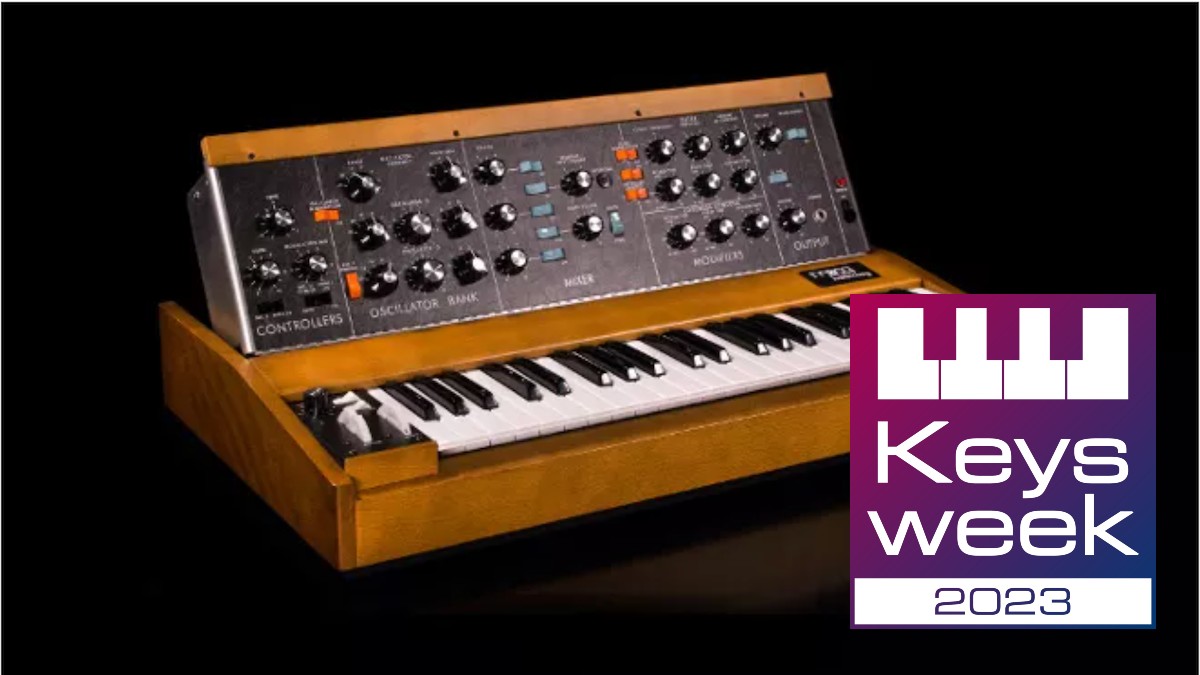
KEYS WEEK 2023: The keyboard might be an unsung instrument compared to the sexier guitar, but in its various guises it has played just as important a role in the history of music. Here we're looking at seven of the most important keyboards ever produced – and some of their famous users – and how they changed the course of music as we know it today.
We have famous synths, including a MiniMoog or two, the Mellotron and even instruments that stretch the very definition of the word 'keyboard'.
So sit back, disagree with us if you wish, but enjoy the keyboards and the players (and indeed non players) who changed the course of music history… and usually completely unintentionally.
1. Rick Wakeman's MiniMoog (or nine)
Rick Wakeman originally learned to play keyboards via the piano and church organ, and was such an accomplished player that he quickly started making a living at it, becoming a successful session musician in the late 60s. In just one of many studio jobs, Wakeman played Mellotron on David Bowie's Space Oddity – as you do – but he would eventually move on to be the full-time keyboard player for folk rock group Strawbs.
Rick was introduced to the synthesiser by the actor Jack Wild, who sold him his mint MiniMoog in 1971 for a bargain price because it wasn't polyphonic (the MiniMoog only plays one note at a time).
Wakeman embraced this feature and became famous for stretching the synth to its very limits with solos for prog bands like Yes. In fact he became almost as well known for inventing a new style of mono synth playing as he was the length and complexity of his synth solos.
As he enjoyed more success so Wakeman bought more MiniMoogs, adding a couple to his collection after the success of the Yes album Fragile. He now owns at least nine – well at least he doesn't have to worry about a lack of polyphony now.
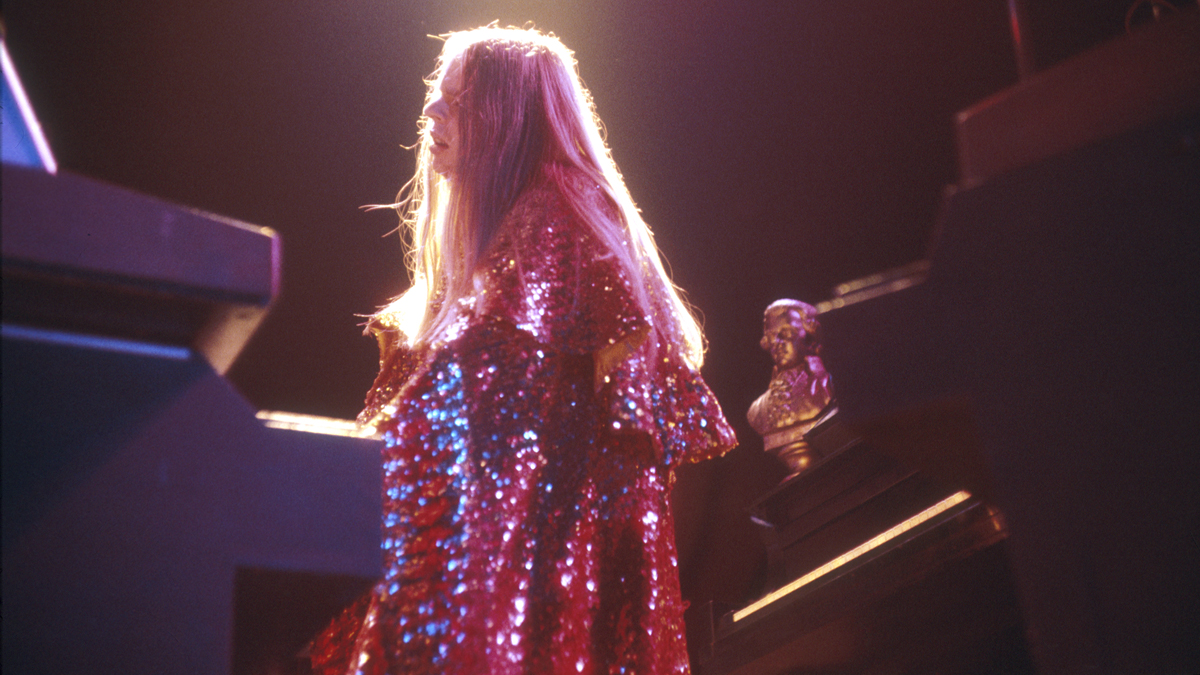
What was the impact on music? The MiniMoog itself effectively launched the synth on the music world, embraced not only by Wakeman but the likes of Numan (see below) and Kraftwerk. In Wakeman's hands it inspired thousands of lengthy prog solos, lots of cloak wearing and an all-new keyboard playing style. But no-one since has come close to Wakeman's Moog synth wizardry.
How to get that sound: You can buy many hardware MiniMoog emulations and, of course, the odd MiniMoog in software where you could easily run nine instances to get Wakeman's current Moog setup. Nor is a software version going to cost you a fortune. We'll go for the Softube Model 1972, an exacting replica for just (currently) €65.
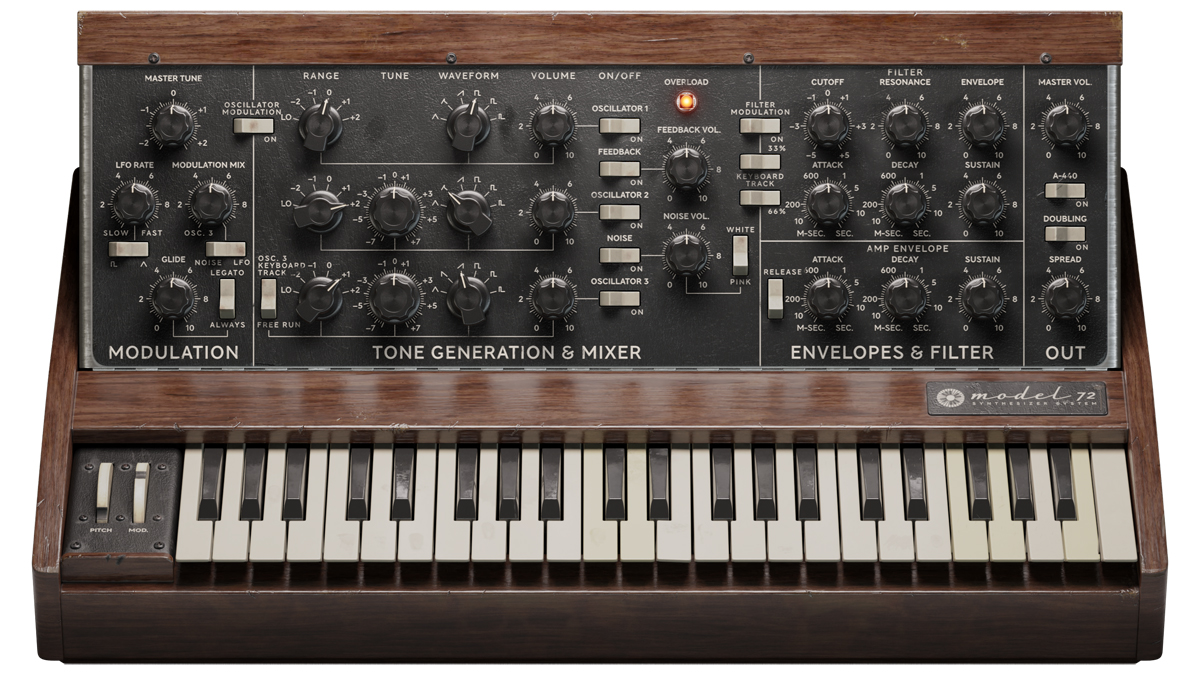
2. Stevie Wonder's Hohner Clavinet
Stevie Wonder has enjoyed a huge number of pop hits over the last seven decades, with tracks like Isn't She Lovely, I Just Called To Say I Love You and Happy Birthday. He is also a respected musician, as we reveal here, and up there with the best in terms of drumming, playing synths and adopting newer instruments like the Harpejji.
But as masterful a musician as Stevie is on so many musical instruments, it's the Hohner Clavinet that he will probably always be associated with the most, simply because of the amazing intro to his hit track Superstition.
What was the impact on music? Like other great musical instruments (see the TB-303 below) the Hohner Clavinet was intended for one use – home playing and keyboard practise – but then popularised by another. The Clavinet was widely used and abused in the 60s to become an on-stage performance favourite, its electric guitar-like twang becoming the centre-piece of many a funk and reggae track, of which Superstition is undoubtedly the most famous.
How to get that sound today: There are many great Clavinets in software with Arturia and Waves producing a couple of good ones and Ticky Clav 2 being a long-standing freebie.
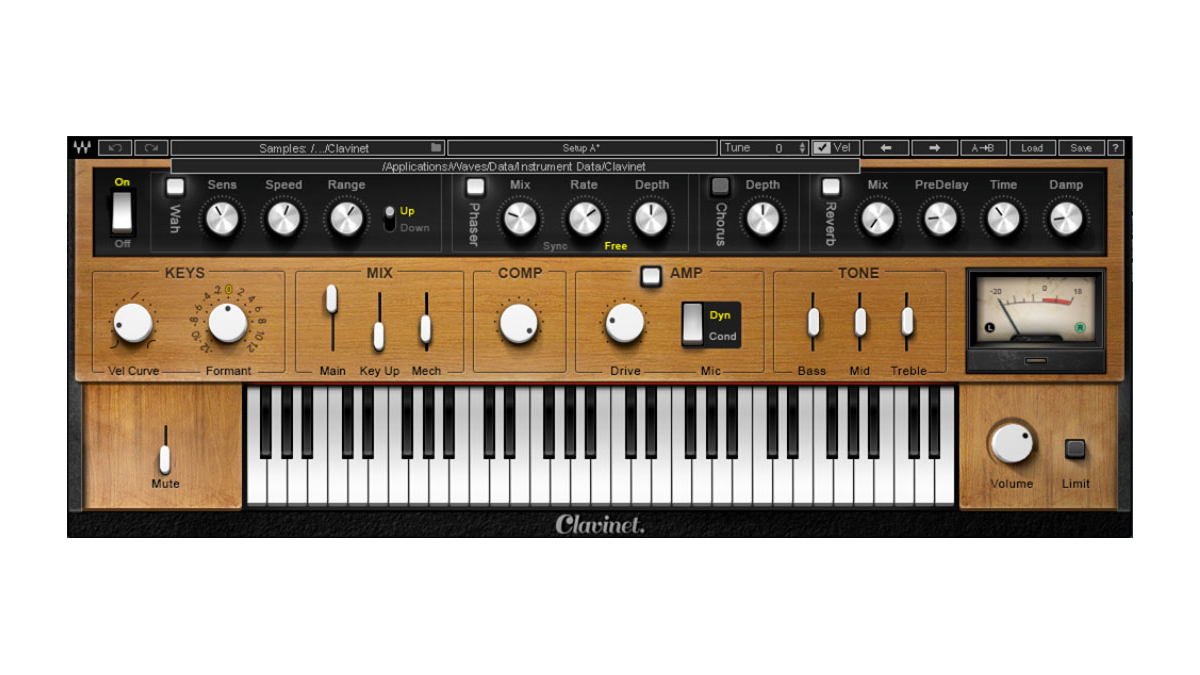
3. Gary Numan's Minimoog that someone left in a studio
Gary Numan will admit that he is not the greatest of keyboard players, but it is a Moog keyboard that changed the course of his life, and that of synthesizer music in general. As part of a then punk band Tubeway Army, Numan came across a MiniMoog in the studio they were recording in, pressed a key and bang: synth pop was born.
Numan was so blown away with the sound that the synth made – just with a single finger press – that he replaced many of the guitar riffs with synth riffs for the Tubeway Army album. His record company was horrified that its punk starlets had chosen this path, but soon changed its mind when the track Are Friends 'Electric'? hit the number one spot.
Numan once famously lost a MiniMoog only to discover it in a garage some decades later. But there was no need to worry, as Moog Music presented him with an all-new model in 2016 alongside an innovation award. Numan continues to make great synth music, albeit these days with a 21st century punk twist.
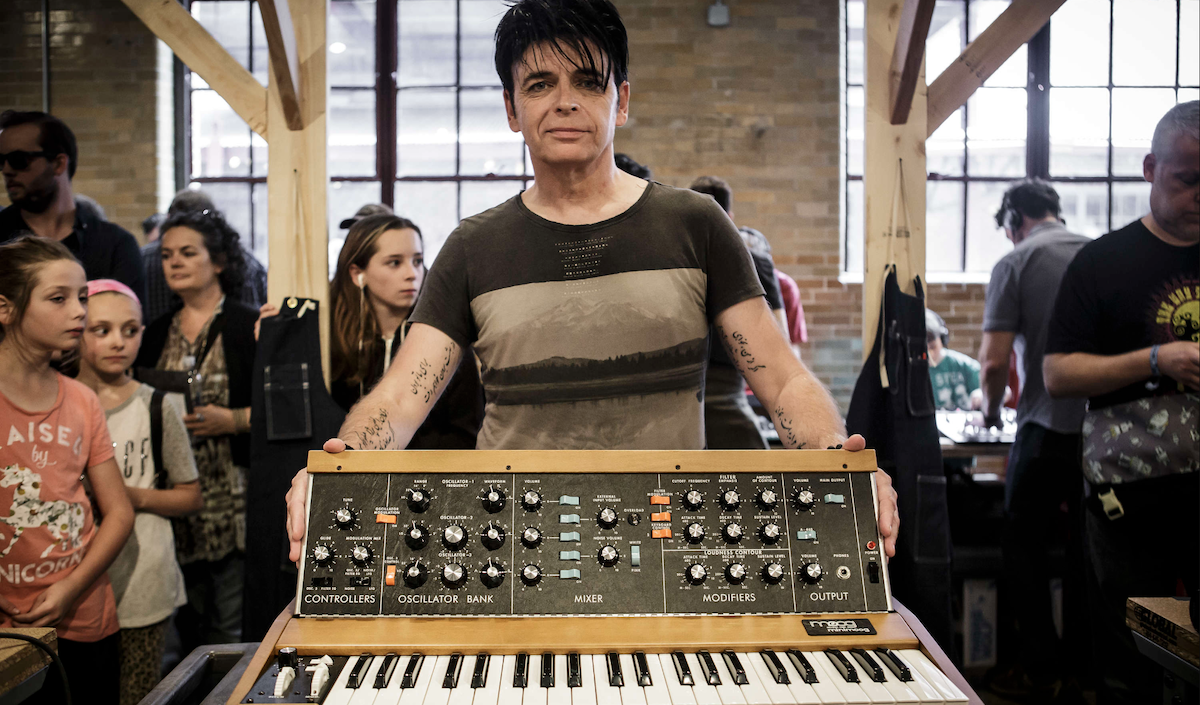
What was the impact on music? To be honest there were quite a few bands recording synth music when Numan produced Are Friends Electric? but none had managed to score a hit. However, most then benefitted from the track's success after which the synth pop era kicked off in the 80s.
How to get that sound today: As we have already seen, there's an almost silly number of MiniMoogs available in software, but Cherry Audio's Miniverse is another great example and just $59.
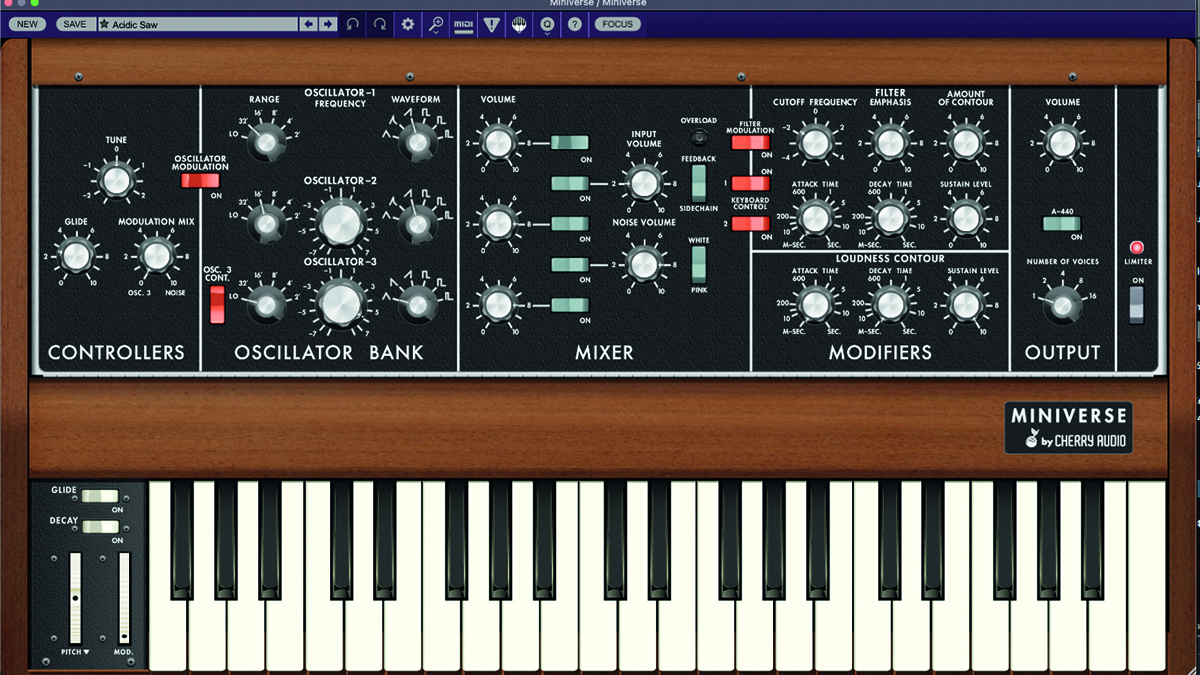
4. The Beatles' Mellotron
One thing the Beatles are well known for is their early adopting of studio technology – they had access to most of the cutting edge studio tools of the day at Abbey Road Studios, and certainly made the most of them.
Like so many other keyboard legends in this roundup, the band would make use of a MiniMoog during their Abbey Road recording sessions, but it is perhaps the Mellotron that will have the most association with this fabbest of four.
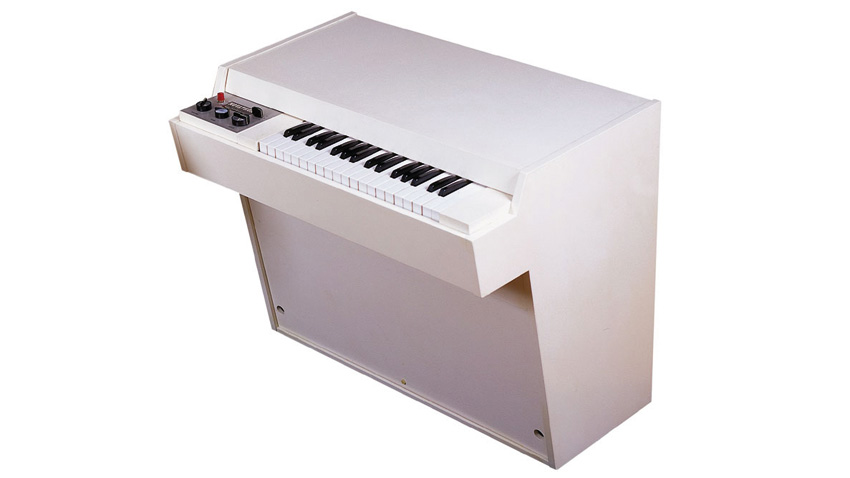
The Mellotron was what could now be seen as an early sampler, storing 'real' sounds – choirs, flutes, strings and more – on tape, that could then be triggered by standard keyboard keys, and in the correct key.
The Beatles made great use of the instrument on tracks like Flying and The Continuing Story of Bungalow Bill, but it was, of course, the track Strawberry Fields Forever that put this particular instrument and band partnership on the map.
In the great clip below, Paul demonstrates the Mellotron to an audience at Abbey Road as part of Chaos And Creation at Abbey Road. He describes it as an early synth, but we'd say 'sampler', just to be contrary/pedantic.
What was the impact on music? The Mellotron has been since been adopted by many a band in order to recreate that psychedelic feel. It was used widely by Genesis, Tangerine Dream and Uriah Heap – or anyone who wanted to get a bit spacey, basically. And, of course, if you want to enhance the effect, just play it backwards… man.
How to get that sound today: The Mellotron is widely available in software, one of the best recreations being GForce's MTron Pro.
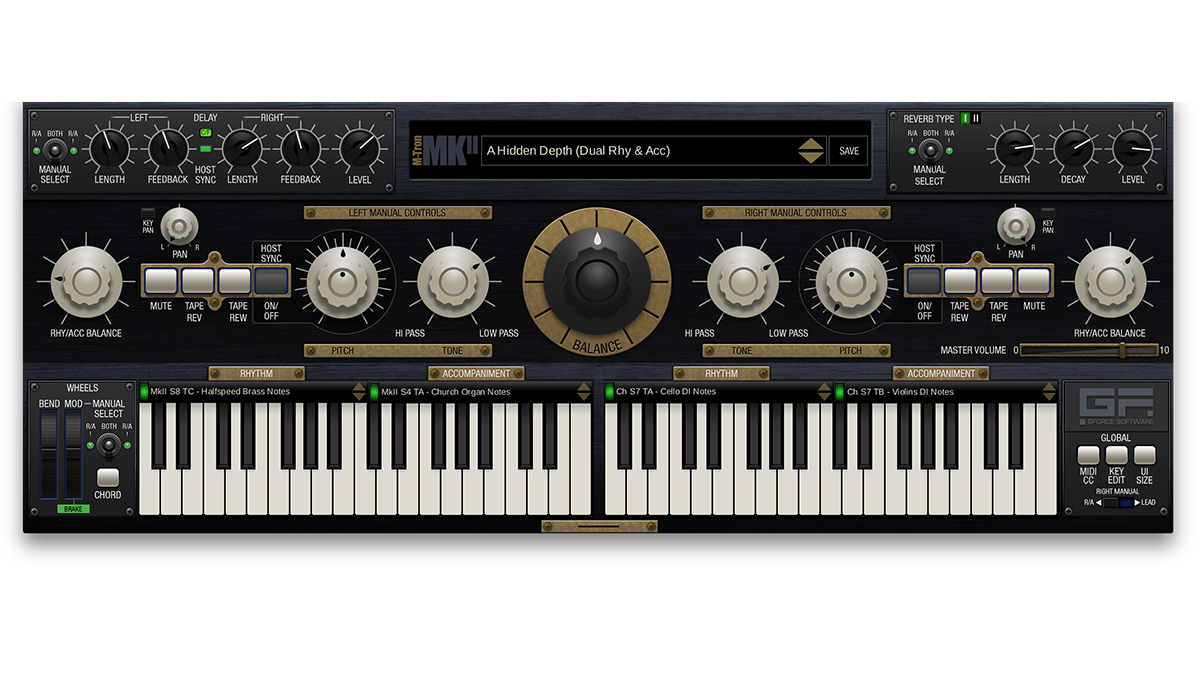
5. Paul Hardcastle's E-mu Emulator II
In 1985, the Paul Hardcastle single 19 was a worldwide hit that is widely now credited as the song that helped bring the art of sampling to the masses. And if you're old enough to recall it, then yes, you would have pretended, like us, to be 'a sampler' in the playground, saying 'n-n-n-n-nineteen' over and over (and over) again.
19 was created through Paul's early use of an E-mu Emulator II sampler, (although some sources state an AMS delay was also behind it). Paul told the Guardian in 2012, "I used an E-mu Emulator that had a two-second limit when it came to doing samples. That's why the hook was 'N-n-n-nineteen'. It was the only bit of the narrative that made sense in two seconds."
19 would go on to shift over 3.5 million copies and put both sampling and Hardcastle on the map.
After the success of the single, Paul refined his sampling setup by spending £100,000 on a Synclavier system – the top of the range sampler of the day. Sadly it's just about the only piece of studio equipment from the 80s not to increase in value since.
What was the impact on music? Sampling became huge in the 80s and beyond, not all because of 19, but simply as the technology became widely available and cheaper. All sorts of genres benefitted, from hip hop to just about every sub genre of dance music.
How to get that sound today: Nowadays, you can get both the Emulator and Synclavier samplers in software, most notably as part of Arturia's V-Collection (€599) or individually (€149 each).
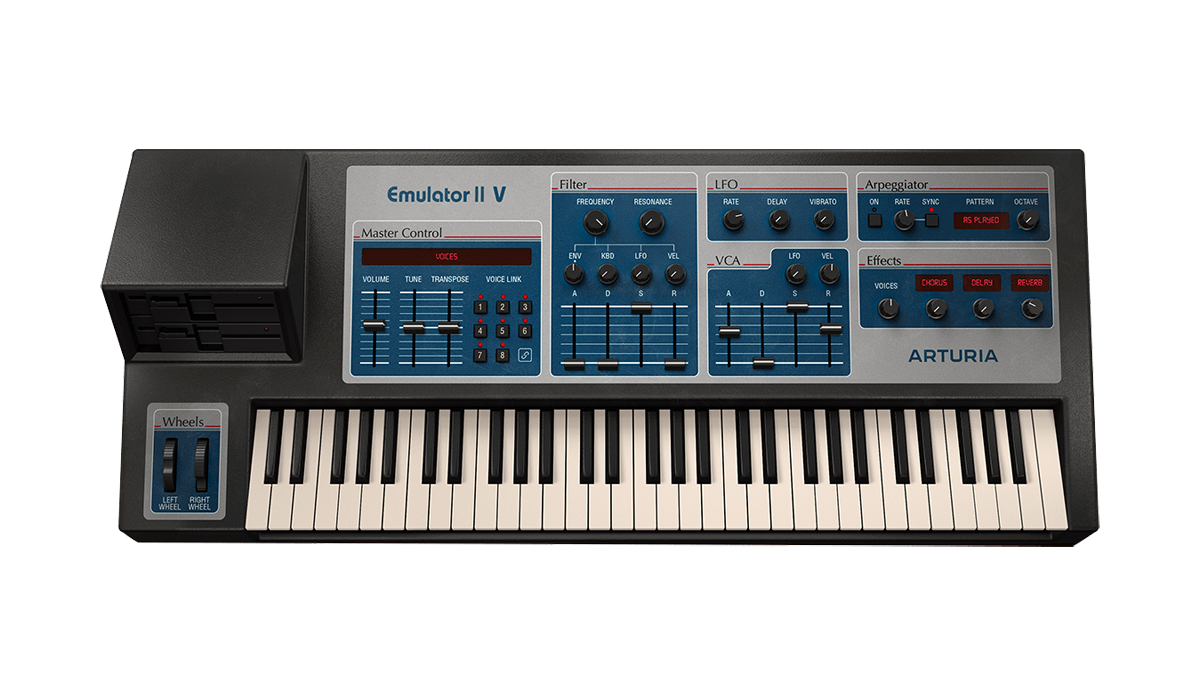
6. Vangelis' Yamaha CS-80
Websites like ours constantly harp on about the Yamaha CS-80 being 'the best synthesiser every made'. The truth is that it's a massively impractical keyboard you'd have a job getting into your house, and you'd probably have to sell said house to afford it in the first place. (There's one for sale on Reverb as we type this for a mere £40k. Actually it's £39,999 if that makes you think 'bargain' instead.)
However, there's also the fact that the sadly departed keyboard maestro Vangelis made such great use of the CS-80 that is had become the stuff of legend. And it's hard to argue against the myth when the CS-80 contributed – via Vangelis – to at least two of the greatest film soundtracks of our era.
The CS-80 supplies the famous sonic ingredients to both the Blade Runner and Chariots of Fire soundtracks. It helped add massive atmosphere to the former and has now become the cliched soundtrack to any kind of running sequence, thanks to the latter.
Here is that clip to get you moving, although Vangelis is at the keys of a Steinway, not his CS-80 in the video.
As good as that theme is, it's probably the complete Blade Runner soundtrack – from scene-setting pads and leads, to end-credit strings and stabs – that has helped the CS-80 stay in its five-figure price band. The synth has become almost as mythical as the unicorn in the film that *spoiler alert* confirms Deckard was a replicant all along. (Or does it?)
What was the impact on music? Not so much an impact on music, but Vangelis and his synth did demonstrate the power of the movie score and many of today's composers and film makers have taken their cues from the totally immersive experience that Blade Runner delivered.
How to get that sound today: There are surprisingly few CS-80 emulations in software. One of the best is the newer Cherry Audio GX-80. At just $59 it might have you tempted to go to Cherry Audio's website rather than your bank manager for that £40k.
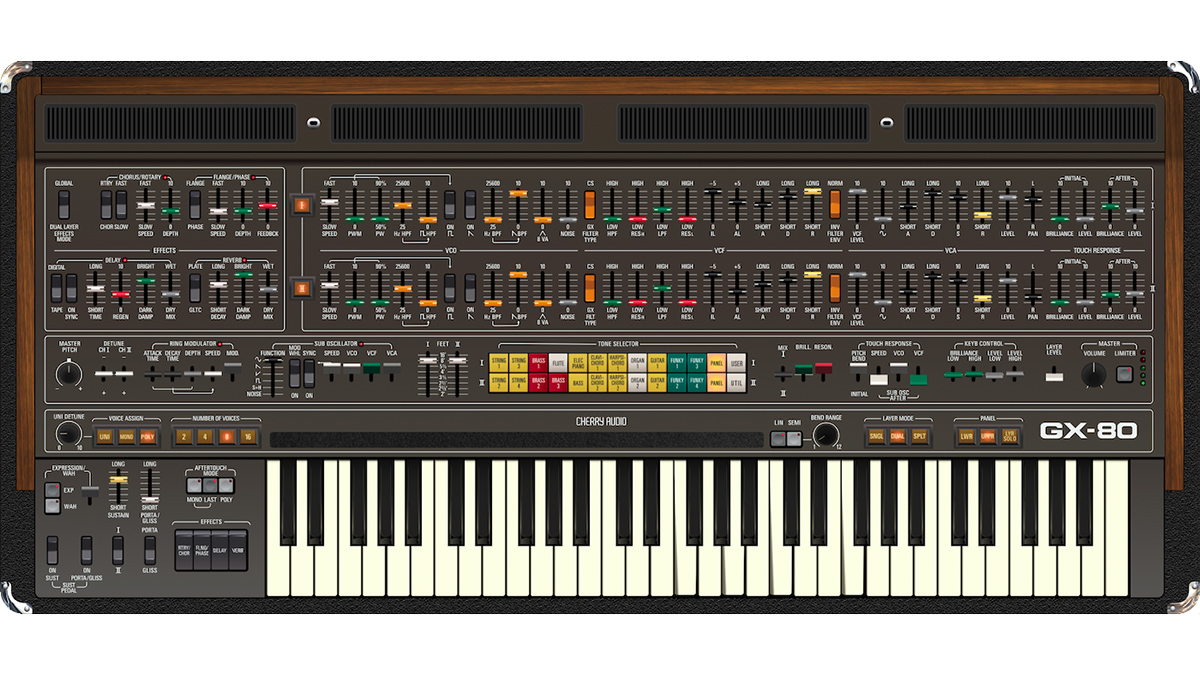
7. Phuture's Roland TB-303
Not a keyboard in the most traditional sense – but it features one, so we're including it – the TB-303 is another design classic. Well, when we say that, it was actually designed as a bass accompaniment, but failed at that, and then went onto accidentally launch dance music.
When the Chicago trio of DJ Pierre, Spanky and Herb J, aka Phuture, picked one up cheap in 1985, the sounds they would twist out of the machine would help lay the base – and squealing bass – to Acid House music with the track Acid Tracks.
It and the track I’ve Lost Control by Sleezy D (Adonis and Marshall Jefferson) are widely seen as responsible for the birth of Acid House.
What was the impact on music? Acid House, Chicago House and Detroit Techno would all twist and turn their ways across the Atlantic, take over the world, and eventually evolve into the many strands of different dance music that we enjoy today. And all from a bass unit that was designed to accompany your grandad's piano playing…
How to get that sound today: It took Roland ages to properly emulate the original – so many others cashed in – but these days the Japanese company makes some of the best emulations in hardware, and its Roland Cloud 303 is a software highlight.
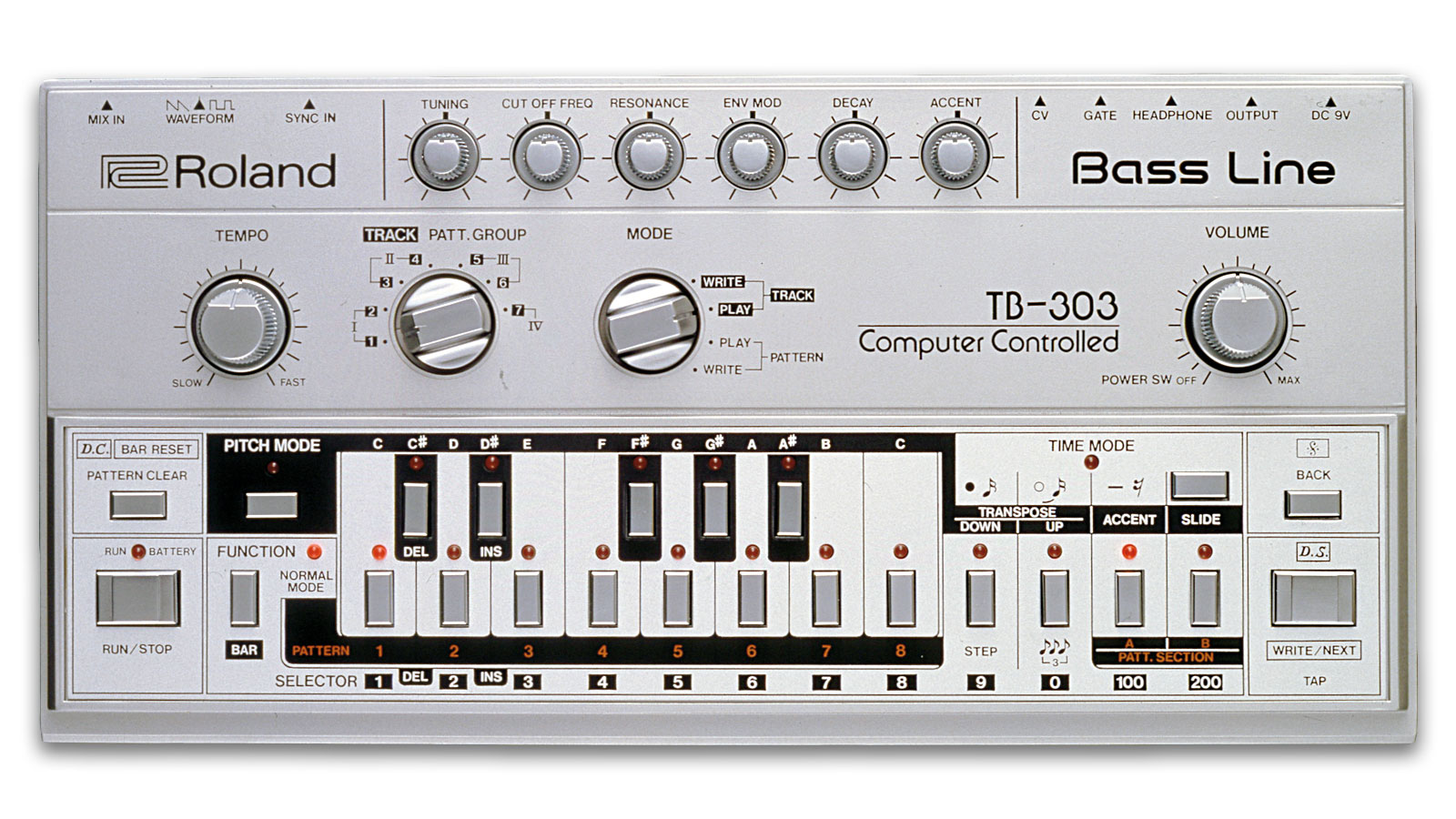
Looking for more great keyboard gear and technique articles? Get all our reviews, news, features, tutorials, tips and more at our Keys Week 2023 hub page.







